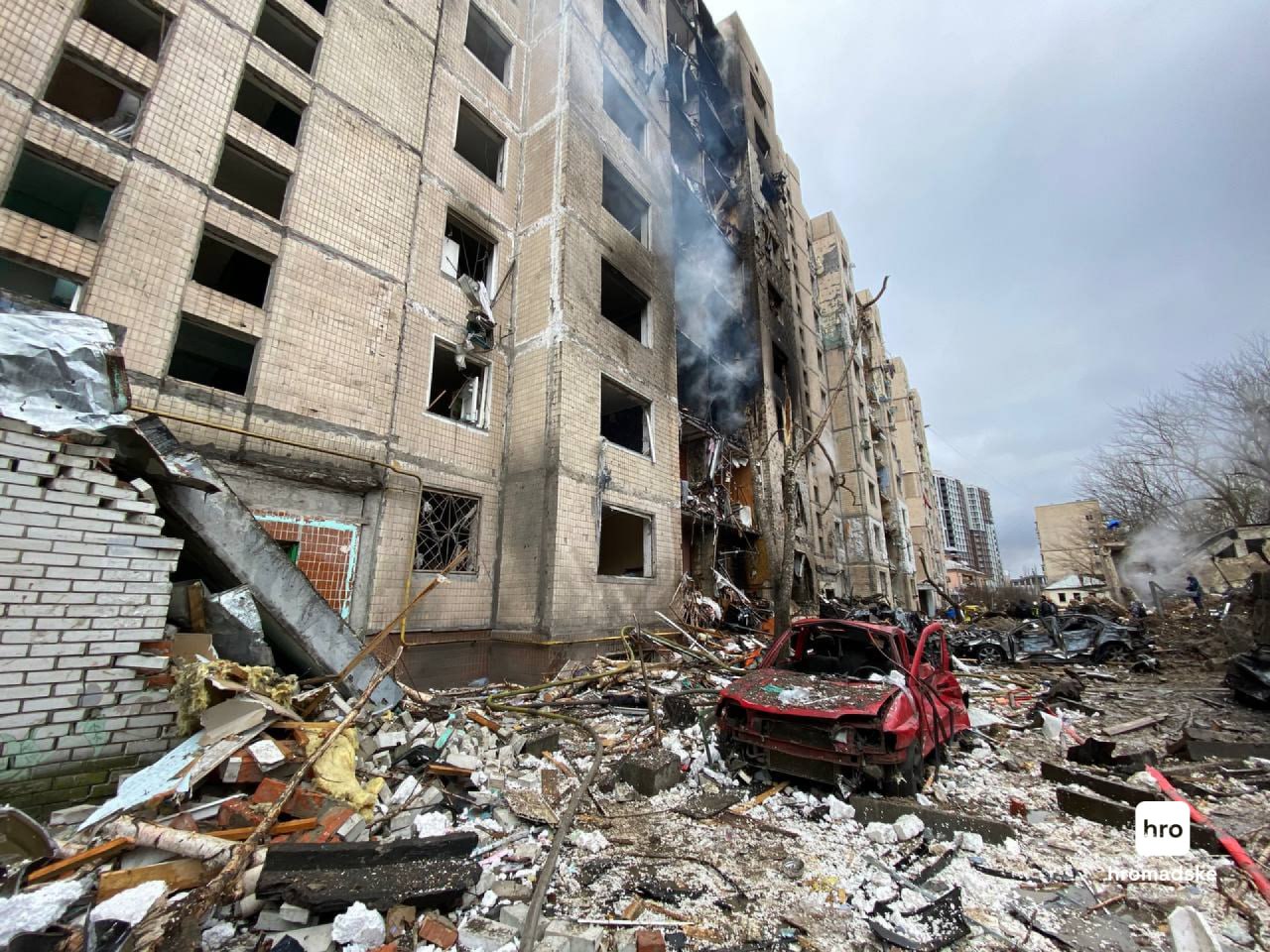Recent Russian missile attacks on Ukraine indicate a change in Moscow's use of long-range strikes, from energy to defence industry, the UK Defense Ministry reported.
The recent strikes have "likely primarily targeted Ukraine's defense industry," in contrast to Russia's "major attacks last winter which prioritised striking Ukraine's energy infrastructure."
"Russian planners recognise the growing importance of relative defence industrial capacity as they prepare for a long war," the UK intel said.
According to British intel, Russian forces committed a significant proportion of the stock of air launched cruise missiles and ballistic missiles they had built up over recent months.
This suggests Russia is adjusting its tactics after depleting part of its missile arsenal through the intense bombardment of Ukrainian infrastructure since October 2022, the UK intel said.
Early in the morning of 2 January 2024, Ukraine was
under a massive Russian missile attack, with a record number of aeroballistic Kinzhal missiles fired on capital Kyiv. According to the Air Force of Ukraine’s Armed Forces, the Russian military launched 99 missiles of various types and 35 kamikaze drones on 2 January.
Russia spent about $620 million on a massive missile attack on Ukraine on 2 January, Forbes estimated.
The strike happened days after Russia’s latest large missile attack of 29 December, which took the lives of 39 civilians throughout the country. These strikes happened after a summer-autumnal lull when Russia was considered to be stockpiling missiles.
In its recent massive strikes, Russia mostly hit
residential buildings. It also damaged the power system, warehouses, heating networks, cars, etc
Read also:
- Russian drones destroy Ukraine freedom fighter’s museum, hit Bandera landmark
- Russia attacks Ukraine with 90 explosive drones killing a teenager on New Year’s night, Ukraine downs 87 UAVs
- Another delusional fantasy: Ukraine denies Russia’s claims that it targeted military in Kharkiv hotel





